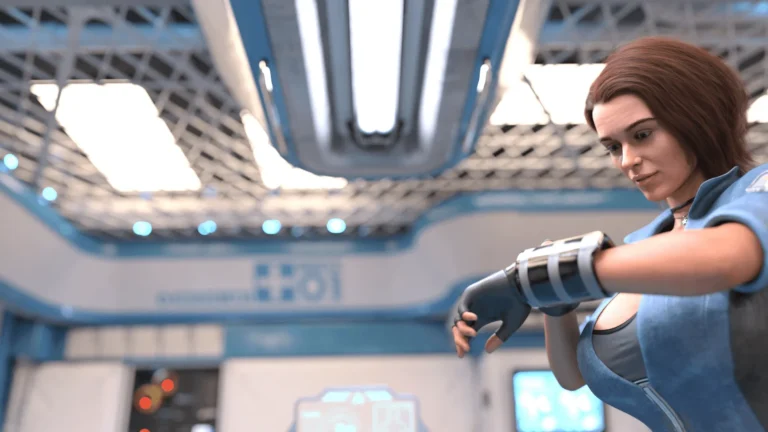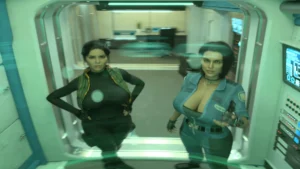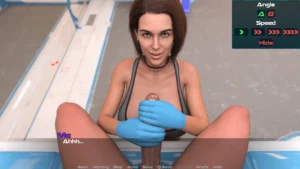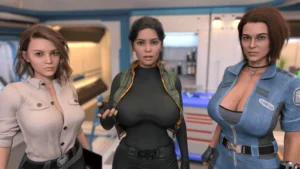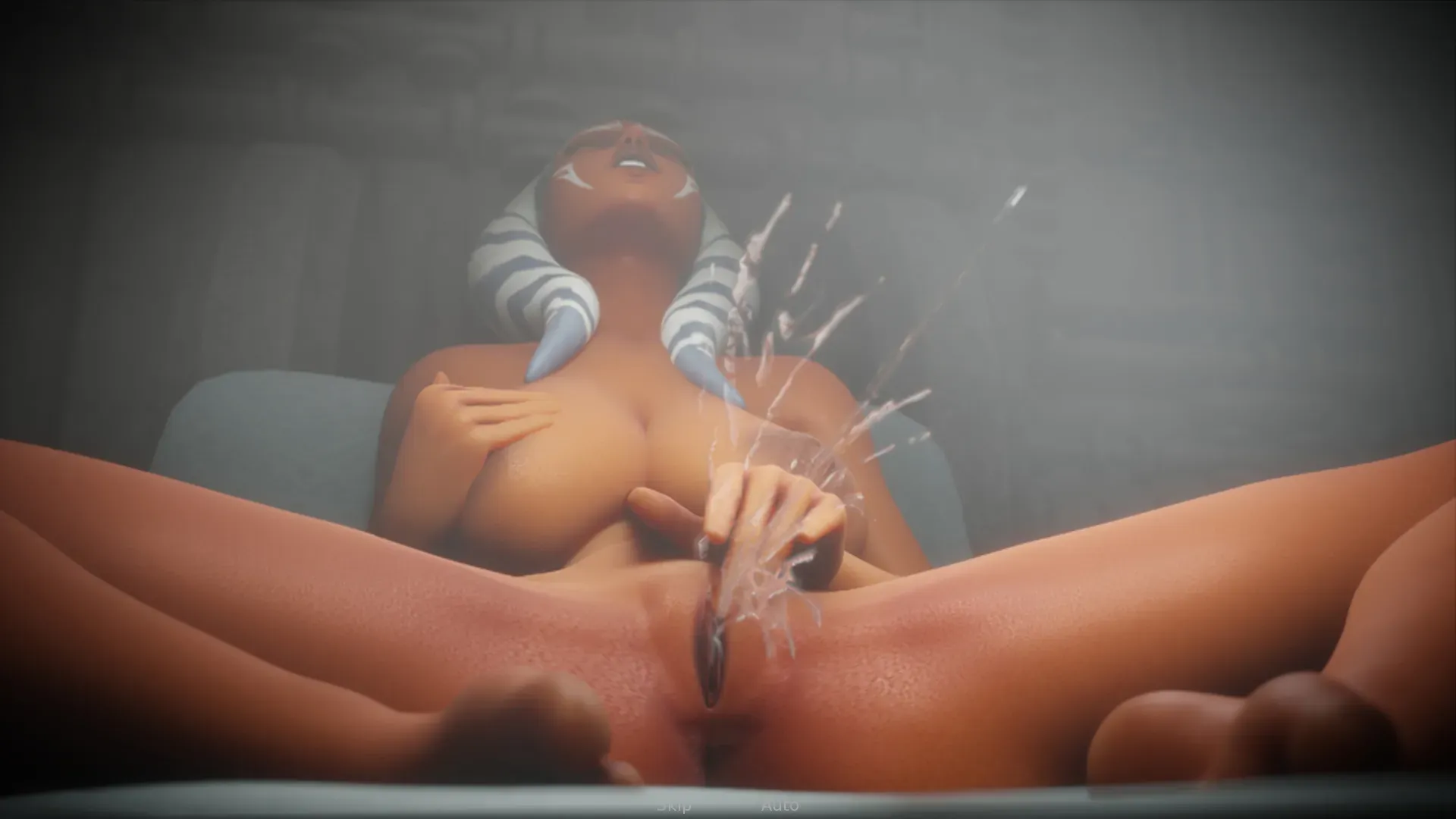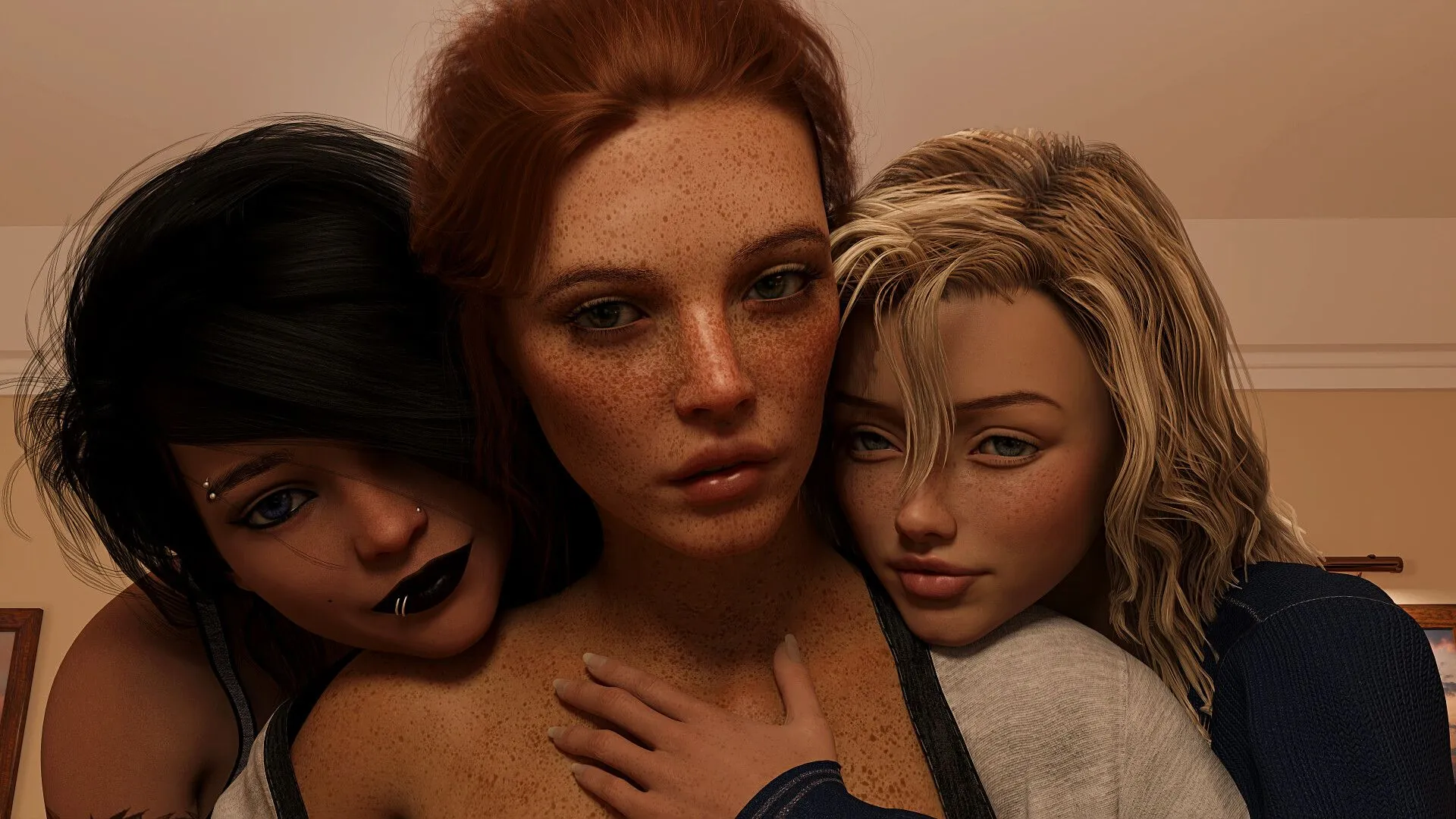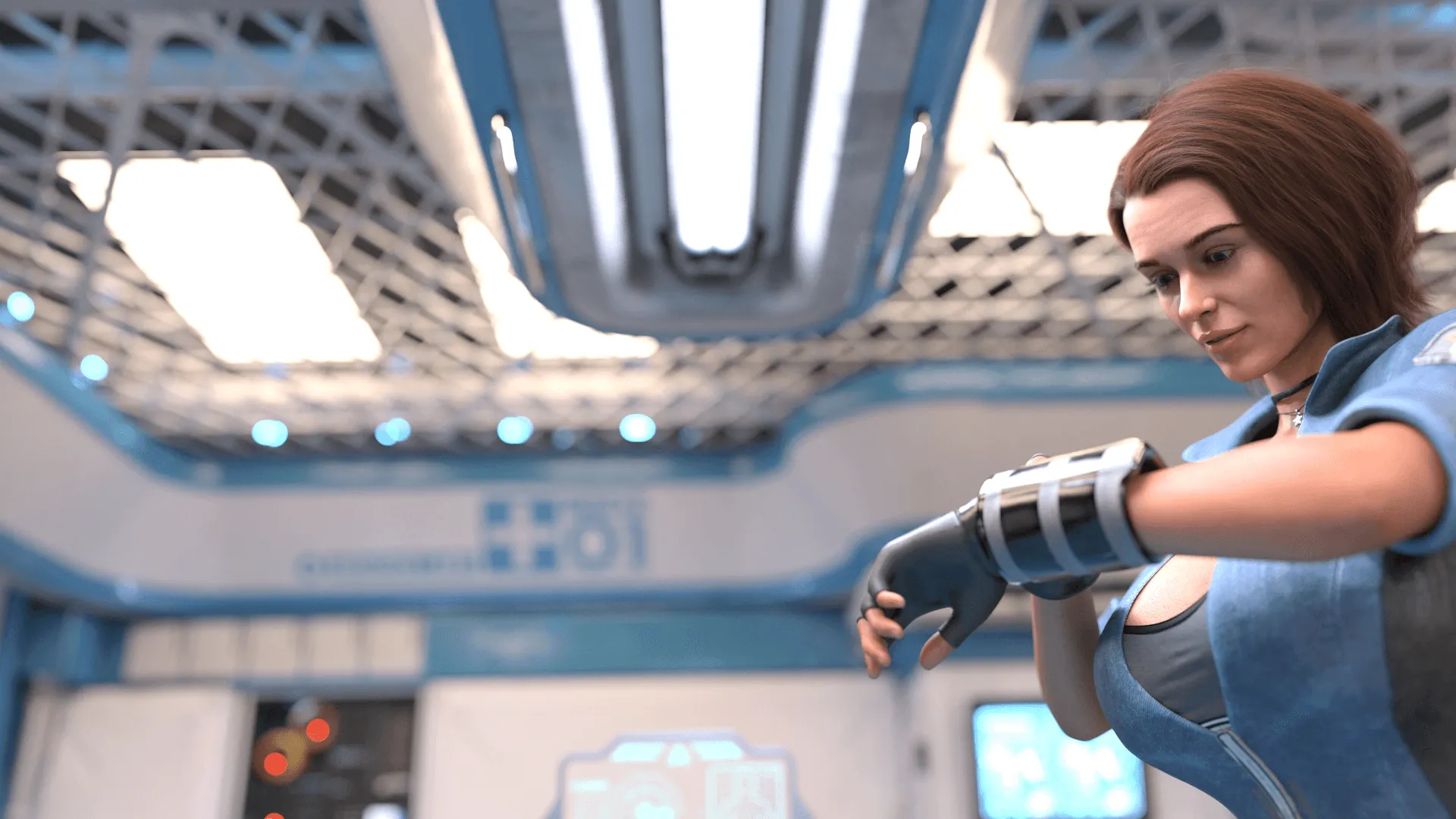
Stars of Salvation
Play Stars of Salvation
Stars of Salvation review
Exploring Mature Themes in an Interstellar Mystery
When a stranded astronaut awakens aboard a ship crewed entirely by mysterious women, players embark on an interstellar journey blending narrative depth with mature storytelling. Stars of Salvation stands out in the visual novel genre through its unique combination of sci-fi worldbuilding, character-driven drama, and player choices that impact relationships. This guide examines what makes this space odyssey memorable while respecting its nuanced approach to adult themes.
Navigating the Stars: Gameplay & Narrative Design
The Core Mystery: Survival vs. Seduction 🌌🔍
Picture this: you’re stranded on a dying starship, oxygen levels dropping, and the only people who can help you are either hiding secrets or flirting with you over a glass of synth-whiskey. Welcome to Stars of Salvation, where every decision feels like balancing on a laser beam suspended over a black hole. The game’s sci-fi visual novel mechanics don’t just ask what you’ll do to survive—they demand you decide who you’ll become in the process.
At its heart, this isn’t just a space mystery gameplay experience—it’s a psychological tightrope walk. Do you cozy up to the charming engineer who keeps “accidentally” brushing your hand, or do you interrogate the medic whose story about the reactor explosion doesn’t add up? The game’s narrative branching paths ensure there’s no “right” answer, only consequences. I once spent an entire playthrough trusting everyone blindly, only to get airlocked by my own love interest. 🚀💔
Pro Tip: Your first playthrough should be messy. Let emotions guide you. The replays are where you’ll crack the code.
The character trust system here isn’t just a meter—it’s a living, breathing ecosystem. Every compliment, accusation, or late-night confession reshapes alliances. And oh, those alliances matter when the traitor subplot kicks in. Rumor has it 73% of players get betrayed at least once, often by someone they swore was ride-or-die.
| Relationship Path | Narrative Impact | Trust Threshold |
|---|---|---|
| Romantic Partner | Unlocks secret missions, but blinds you to their flaws | 85%+ |
| Loyal Ally | Gives tactical advantages, but limits emotional depth | 70-84% |
| Rival | Creates conflict-driven plot twists, risks isolation | Below 40% |
🔥 Fun fact: The traitor’s identity shifts based on collective crew trust levels. Yes, your choices literally rewrite the villain.
Choice-Driven Relationship Building 💔🛠️
Let’s get real—interstellar relationship choices in Stars of Salvation are less “pick a dialogue option” and more “perform emotional open-heart surgery while dodging asteroid fields.” Every interaction layers onto the character trust system, creating ripple effects that’ll haunt (or reward) you hours later.
Take Captain Veyra, the no-nonsense leader with a hidden soft spot for poetry. During my second playthrough, I called her out publicly for a bad call. Big mistake. She froze me out for three chapters, and I missed critical intel about the ship’s sabotage. 🚨📉 But when I replayed, praising her leadership during a crisis? She handed me access codes to restricted files.
The game’s narrative branching paths shine brightest here. Key decisions—like sharing limited rations or exposing someone’s lie—aren’t just moral dilemmas. They’re mechanics. For example:
– Romance routes require sacrificing resources (medkits, weapon parts) to gift meaningful items
– Alliance-building demands you side with factions during debates, permanently locking certain story beats
– Betrayal routes let you manipulate trust levels to frame others, but risk becoming the villain yourself
🌠 Insider scoop: The “Golden Ending” requires max trust with two conflicting characters. It’s like convincing fire and water to throw a party together.
Balancing Sci-Fi Elements with Character Development 🪐✨
Ever played a game where the futuristic setting drowns out the human drama? Stars of Salvation avoids this by weaving sci-fi visual novel mechanics into its emotional core. The alien artifacts aren’t just MacGuffins—they’re mirrors reflecting the crew’s darkest desires. That glowing crystal you recovered? It doesn’t just power the ship—it amplifies hidden fears during key dialogues.
The space mystery gameplay thrives on this balance. One minute you’re solving a puzzle to realign the warp drive; the next, you’re debating ethics with a cyborg who quotes 21st-century memes. It’s Firefly meets Blade Runner, but with a character trust system that makes every techy triumph or failure deeply personal.
And let’s talk replay value. With 6+ unique endings and an average playthrough lasting 12 hours (or 20+ if you’re a completionist), this isn’t a one-night stand. My personal record? Four playthroughs, 53 hours, and I still found new dialogue when I flirted with the AI core. 🤖💘
| Key Decision Point | Chapter | Impact on Ending |
|---|---|---|
| Reveal the Traitor Early | Chapter 4 | Unlocks “Paragon” ending path |
| Sabotage Life Support | Chapter 7 | Triggers “Lone Survivor” ending |
| Share Alien Tech Secrets | Chapter 9 | Opens “Galactic Alliance” route |
🌌 Final thought: This game doesn’t just want you to solve a mystery—it wants you to question what you’d sacrifice (or who you’d sell out) to see another sunrise.
So, ready to lose sleep, trust the wrong people, and maybe rewrite the stars? Your crew—and your conscience—are waiting. 🚀🔪
Stars of Salvation proves mature storytelling can coexist with complex sci-fi worldbuilding, offering players meaningful choices that reshape both relationships and galactic outcomes. For those seeking narrative depth beyond surface-level tropes, this visual novel delivers an experience worth exploring through multiple playthroughs. Ready to uncover the ship’s secrets? Your journey through the stars awaits.
